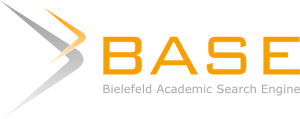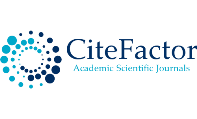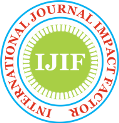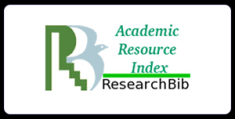A rare case of difficulty in diagnosing sickle cell anaemia
Abstract
Introduction: Sickle cell anaemia is a kind of haemolytic anaemia passed down in families. It is haemolytic anaemia caused by inheriting the sickle haemoglobin gene. Africans, as well as individuals from the Middle East, the Mediterranean region, and India's aboriginal tribes, have a lower level of the sickle haemoglobin (HbS) gene. A kind of anaemia that affects both children and adults is sickle cell anaemia.
Clinical finding: For five days, patient has been experiencing generalised bodily pain and anxiety. Examining the problem: ALT (SGPT) - 97 U/L, AST (SGOT) - 56 U/L, total bilirubin - 5.4 mg percent, bilirubin conjugated - 1.7 mg percent, bilirubin unconjugated - 3.7 mg percent, total RBC count - 3.71 million/cu mm, total WBC count - 22100 cu mm, total platelets count - 6.46 lack/cu.
Ultrasonography: Heterogeneous spleen.
Therapeutic Intervention: Inj. Piptaz 4.5 gm TDS, Inj. Levoflox 500 mg, Tab. Hydroxyurea 500 mg, Tab. Neurobion forte, Inj. Pan 40 mg, Inj. Tramadol 100 mg.
Outcome: The client's condition has improved due to the treatment. Patient no longer has generalised bodily aches, anxiety levels have decreased.
Conclusion: My patient was admitted to the Medicine ward with a history of sickle cell anaemia and complaints of nonspecific body aches and anxiousness. Patient condition improved after receiving proper therapy.
Downloads
Copyright (c) 2022 Ms. Ashwini Vaidya, Ms. Hemangi Hemant Murkute

This work is licensed under a Creative Commons Attribution 4.0 International License.
The Authors retain copyright (full ownership) to their content published in the Journal. We claim no intellectual property rights over the material provided by any User in this Journal. However, by setting pages to be viewed publicly (Open Access), the User agrees to allow others to view and download the relevant content. In addition, Open Access articles might be used by the Provider, or any other third party, for data mining purposes.
The Provider reserves the rights in its sole discretion to refuse or remove any content that is available via the Website.



















